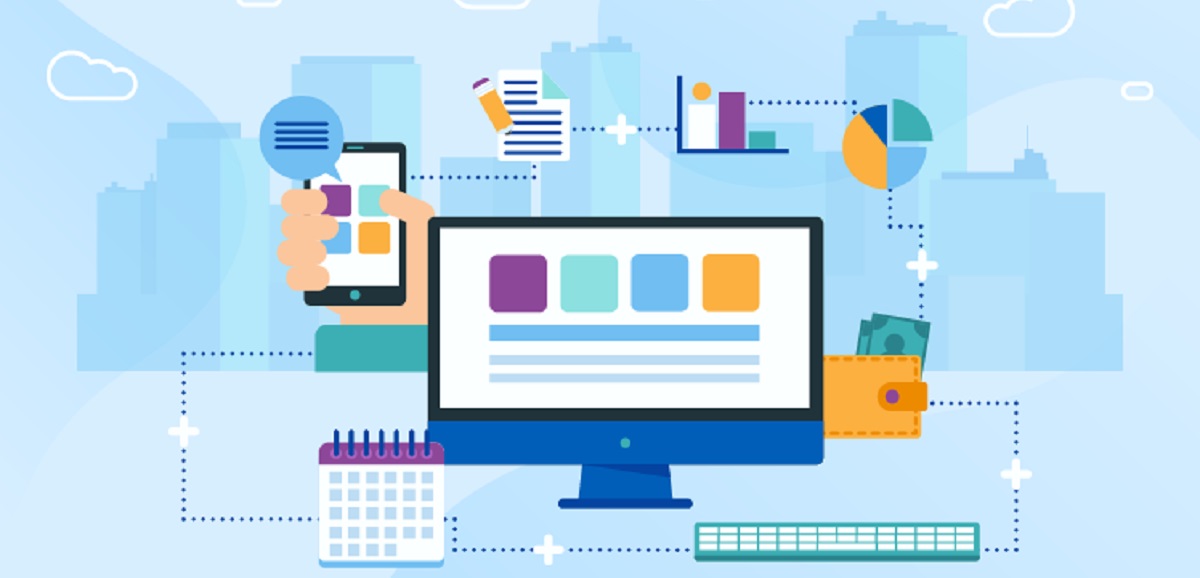Application Integration
DataArtha Solutions Application Integration services help businesses connect their different software applications and systems to work together seamlessly. Our team of experienced integration specialists uses a variety of integration technologies and methodologies to connect different systems and data sources, creating a unified and automated workflow.
At DataArtha Solutions, we understand that businesses rely on a variety of software applications and systems to run their operations. Our team of experienced integration specialists use a variety of integration technologies and methodologies to connect different systems and data sources, creating a unified and automated workflow. Contact us today to learn more about how we can help connect your software applications and systems to work together seamlessly.

Features:
Benefits:


|
Increased Efficiency: Integration automates the transfer of data between applications, reducing the need for manual input.
|

|
Improved Data Accuracy: Integration reduces the chances of errors and duplication of data.
|

|
Improved Data Management: Integration brings all data into one system, improving data management.
|

|
Improved Business Process Management: Integration streamlines business processes, making them more efficient.
|

|
Enhanced Collaboration: Integration facilitates collaboration between different teams and departments.
|

|
Better Customer Service: Integration allows customer data to be easily accessed, improving customer service.
|

|
Reduced IT Costs: Integration reduces the need for manual input, reducing IT costs.
|

|
Faster Decision Making: Integration provides real-time access to data, enabling faster decision-making.
|

|
Increased Data Security: Integration can improve data security by consolidating data into one system.
|
Benefits:

|
Bug Fixing: Identifying and fixing bugs in the software system.
|

|
Troubleshooting: Resolving issues that users face while using the software.
|

|
Performance Tuning: Improving the performance of the software system.
|

|
Security Patching: Ensuring that the software system is protected against security vulnerabilities.
|

|
Upgrades and Updates: Keeping the software system up-to-date with the latest features and functionalities.
|

|
Backup and Recovery: Ensuring that data is backed up regularly and can be recovered in case of system failure.
|

|
System Monitoring: Continuously monitoring the software system to detect any issues before they become critical.
|

|
Maintenance of Documentation: Updating and maintaining system documentation for future reference.
|

|
User Training and Support: Providing user training and support to ensure that users are able to use the software effectively.
|